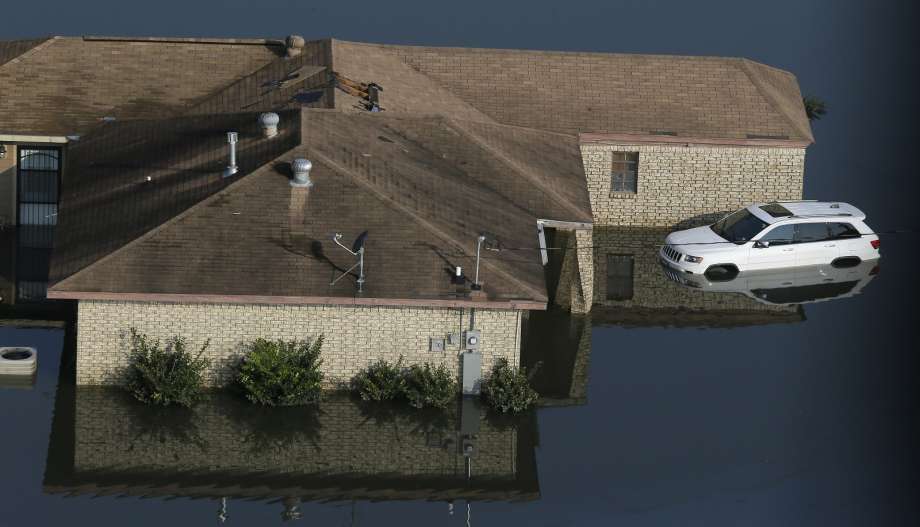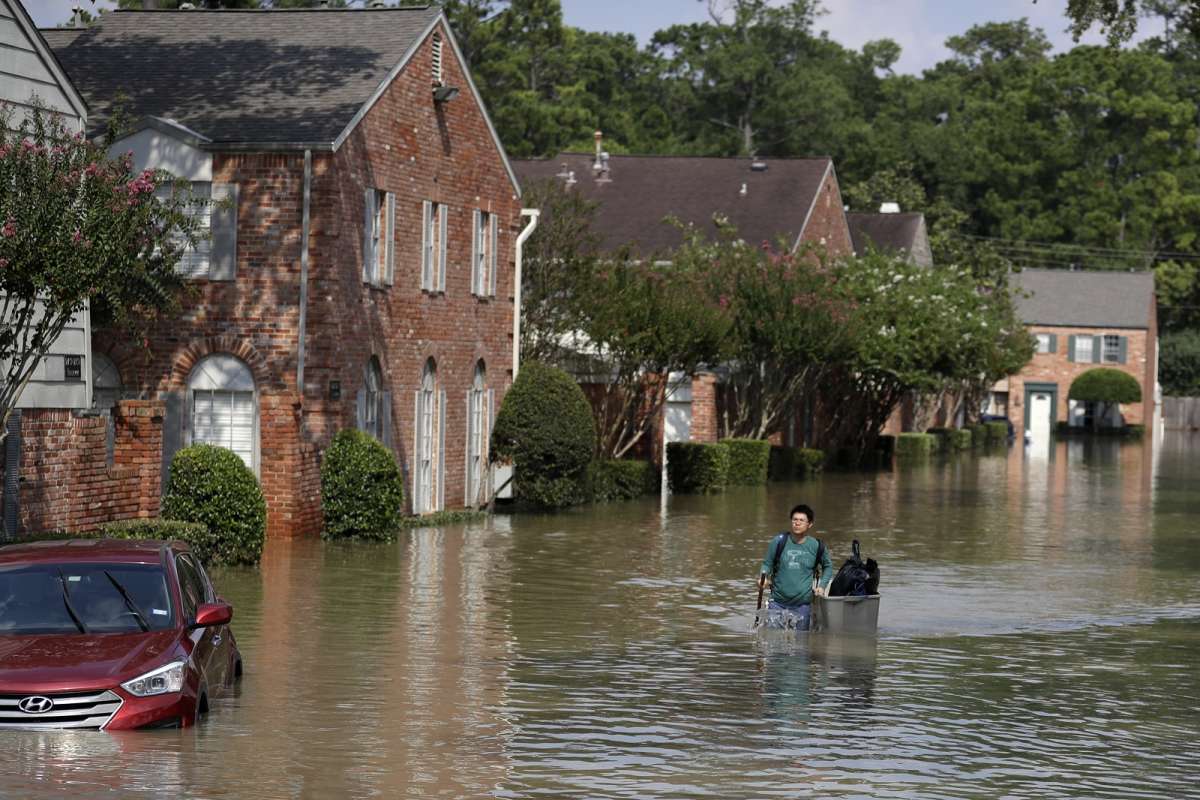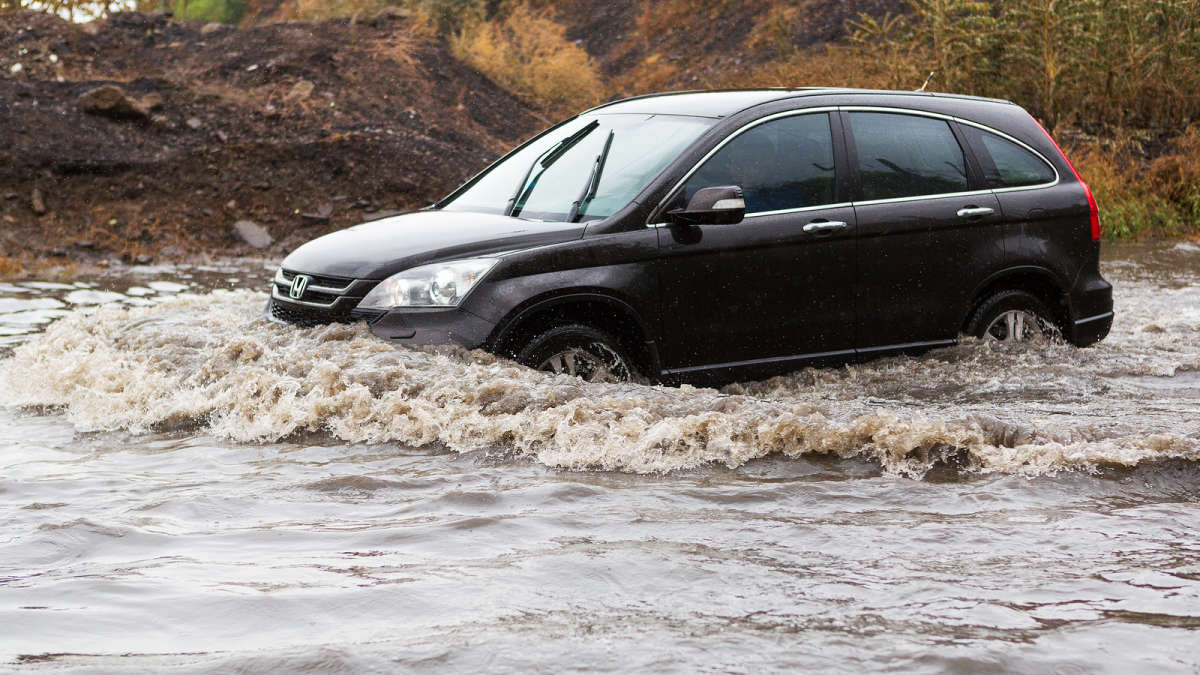Flash Flood Safety

Water is as necessary and as powerful of a substance known to man. It is crucial to life while at the same time it can take life. Water appears peaceful and soothing in one instance and ferocious and threatening the next. Its power is apparent in small ocean waves and Category 5 hurricanes. A flash flood is one such instance that demonstrates the power of water.
What is a Flood?
According to the National Oceanic and Atmospheric Administration (NOAA), flooding naturally occurs under three circumstances: extended rainfall events lasting multiple days, intense storms over a short time duration, or when a stream or river overflows due to some type of jam in the water's flow. Flooding can also result from the failure of a man-made structure such as a levee or a dam. In the case of massive rainfall amounts or snowmelt, the amount of water simply overwhelms the soil's ability to infiltrate or a river's flow capacity.
Flash Flooding

A flash flood is similar to a standard flood in that it has many of the same causes. What differentiates a flash flood is that it tends to develop within six hours of the initial cause and it is characterized by a swift water rise in low lying areas notes the NOAA. Urban areas are prime for flash flooding due to the large amount of impervious surfaces that prevent surface water absorption into soils.
Pre-Flood Preparation
Spring and summer are common times of the year for a flash flood due to heavy rains during those seasons. The Minnesota Department of Public Safety (MDPS) compiled a list of preventative measures to take that can minimize the risk of injury and property destruction.
- Buy Flood Insurance: Flood damage usually isn't covered by standard home insurance.
- Elevate Appliances: Water heaters, furnaces, and electric panels are primary candidates to elevate in an attempt to keep them out of rising waters.
- Install Check Valves: A check valve will prevent flood waters from backing up into toilets, sink drains, and shower drains inside your home.
- Emergency Plan: Develop a plan for your family that specifies evacuation routes, a meeting place, and supplies to grab in the event you have to vacate your home quickly.
- Prepare Supply Kits: These kits should include necessary provisions for you and your family to survive for a minimum of three days away from home.
Safety First

Before you find yourself in that predicament, evacuate to high ground as opposed to occupying low areas that are prone to flooding. If forced to evacuate by foot, avoid crossing flowing streams. Water as little as six inches deep can knock you off your feet when flowing fast enough.
Watch or Warning
When it comes to flooding, including flash flooding, knowing the difference between the two terms can prevent dire consequences. The Red Cross defines a Watch as meaning a flood is possible. A Warning means that flooding is imminent or already underway.
Mother Nature can unleash life-threatening havoc. Make sure your family is prepared with a storm ready checklist.
Feature Photo Source: AP Images

